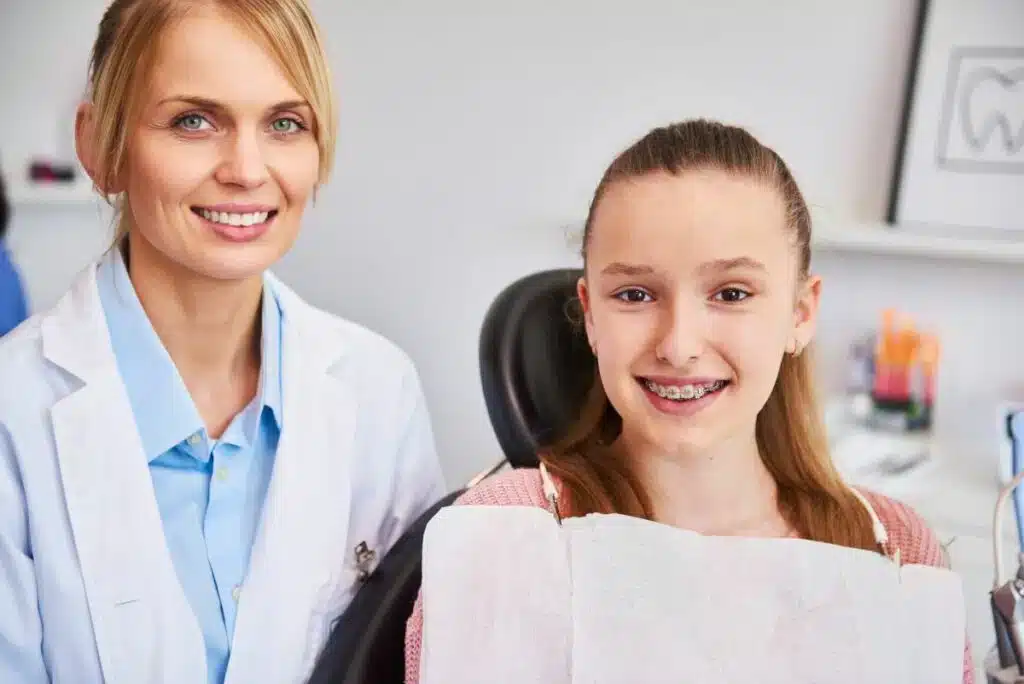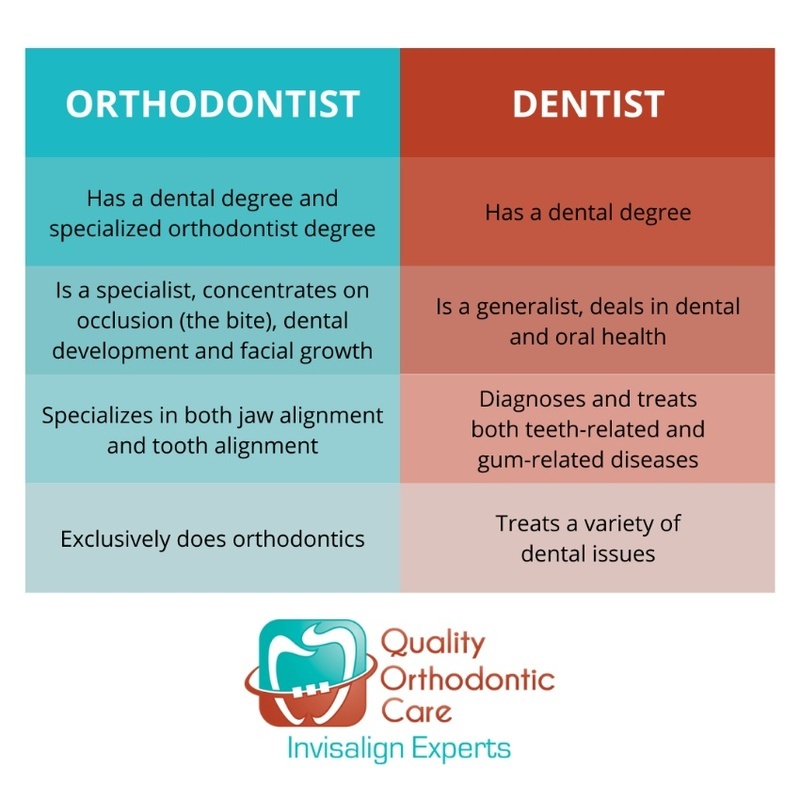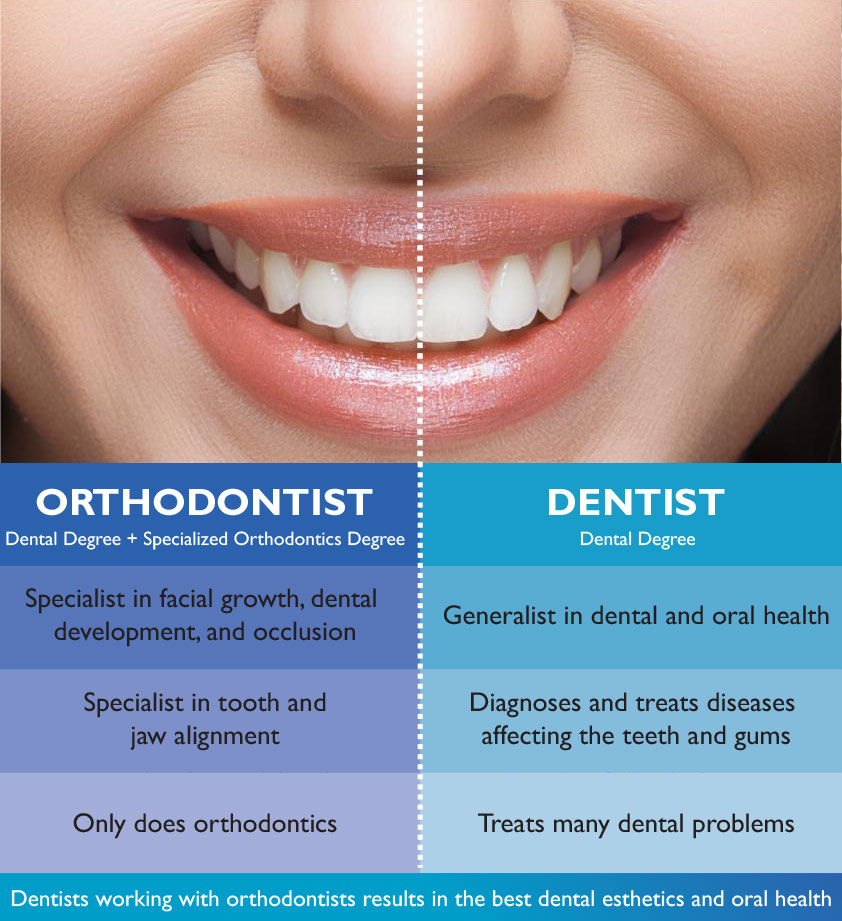How Causey Orthodontics can Save You Time, Stress, and Money.
Some Ideas on Causey Orthodontics You Need To Know
Table of ContentsSee This Report on Causey OrthodonticsThe 7-Minute Rule for Causey OrthodonticsSome Known Factual Statements About Causey Orthodontics The Facts About Causey Orthodontics RevealedSome Known Questions About Causey Orthodontics.
Neglecting occlusal connections, it was regular to get rid of teeth for a selection of dental problems, such as malalignment or overcrowding. The idea of an undamaged teeth was not extensively appreciated in those days, making bite relationships appear irrelevant. In the late 1800s, the concept of occlusion was important for developing reliable prosthetic substitute teeth.As these principles of prosthetic occlusion proceeded, it came to be an indispensable device for dentistry. It remained in 1890 that the job and effect of Dr. Edwards H. Angle started to be really felt, with his payment to modern-day orthodontics particularly noteworthy. Focused on prosthodontics, he educated in Pennsylvania and Minnesota before guiding his interest in the direction of dental occlusion and the treatments needed to keep it as a typical problem, thus ending up being known as the "father of contemporary orthodontics".

The idea of optimal occlusion, as postulated by Angle and incorporated into a category system, made it possible for a change in the direction of treating malocclusion, which is any type of inconsistency from regular occlusion. Having a full collection of teeth on both arches was very demanded in orthodontic therapy as a result of the requirement for precise connections in between them.
All about Causey Orthodontics
As occlusion came to be the key priority, facial proportions and aesthetics were disregarded - cheapest orthodontist near me. To accomplish optimal occlusals without utilizing external pressures, Angle postulated that having best occlusion was the most effective method to get optimal face appearances. With the passing of time, it came to be quite noticeable that even an extraordinary occlusion was not appropriate when considered from an aesthetic perspective
Charles Tweed in America and Raymond Begg in Australia (that both examined under Angle) re-introduced dental care removal into orthodontics throughout the 1940s and 1950s so they might boost facial esthetics while likewise guaranteeing much better stability concerning occlusal connections. In the postwar duration, cephalometric radiography started to be used by orthodontists for determining adjustments in tooth and jaw placement brought on by development and therapy. It ended up being noticeable that orthodontic therapy can change mandibular growth, resulting in the formation of practical jaw orthopedics in Europe and extraoral force measures in the US. These days, both functional home appliances and extraoral gadgets are applied around the globe with the purpose of changing development patterns and types. As a result, going after real, or a minimum of boosted, jaw connections had actually come to be the major objective of treatment by the mid-20th century.
Things about Causey Orthodontics
 The American Journal of Orthodontics was developed for this objective in 1915; before it, there were no scientific purposes to adhere to, nor any kind of specific category system and braces that did not have functions. Until the mid-1970s, braces were made by covering steel around each tooth. With innovations in adhesives, it ended up being possible to rather bond steel brackets to the teeth.
The American Journal of Orthodontics was developed for this objective in 1915; before it, there were no scientific purposes to adhere to, nor any kind of specific category system and braces that did not have functions. Until the mid-1970s, braces were made by covering steel around each tooth. With innovations in adhesives, it ended up being possible to rather bond steel brackets to the teeth.Andrews provided an informative interpretation of the ideal occlusion in permanent teeth. This has had meaningful results on orthodontic treatments that are provided regularly, and these are: 1. Proper interarchal relationships 2. Right crown angulation (idea) 3. Right crown disposition (torque) 4. No turnings 5. Limited get in touch with points 6. Apartment Curve of Spee (0.02.5 mm), and based upon these principles, he discovered a treatment system called the straight-wire home appliance system, or the pre-adjusted edgewise system.
The benefit of the design exists in its brace and archwire combination, which calls for just minimal cord bending from the orthodontist or clinician (Causey Orthodontics). It's appropriately called hereafter feature: the angle of the port and density of the brace base inevitably determine where each tooth is located with little requirement for additional manipulation
Causey Orthodontics Things To Know Before You Buy
Both of these systems used the same brackets for each and every tooth and required the flexing of an archwire in 3 airplanes for situating teeth in their wanted positions, with these bends dictating supreme placements. When it concerns orthodontic devices, they are divided right into two types: detachable and taken care of. Removable appliances can be taken on and off by the person as required.

Therefore, nearly all contemporary set devices can be taken into consideration variations on this edgewise home appliance system. Early 20th-century orthodontist Edward Angle made a major payment to the world of dentistry. He produced 4 distinct home appliance systems that have actually been made use of as the basis for many orthodontic therapies today, barring a few exceptions.
Things about Causey Orthodontics

The wire ended in a string, and to relocate it ahead, an adjustable nut was utilized, which enabled a boost in area. By ligation, each specific tooth was connected to this large archwire (emergency orthodontist near me). Because of its limited range of motion, Angle was unable to achieve accurate tooth placing with an E-arch
These tubes held a soldered pin, which might be repositioned at each appointment in order to relocate them in area. Dubbed the "bone-growing appliance", this device was theorized to motivate much healthier bone growth because of its potential for moving pressure straight to the roots. Applying it verified bothersome in truth.